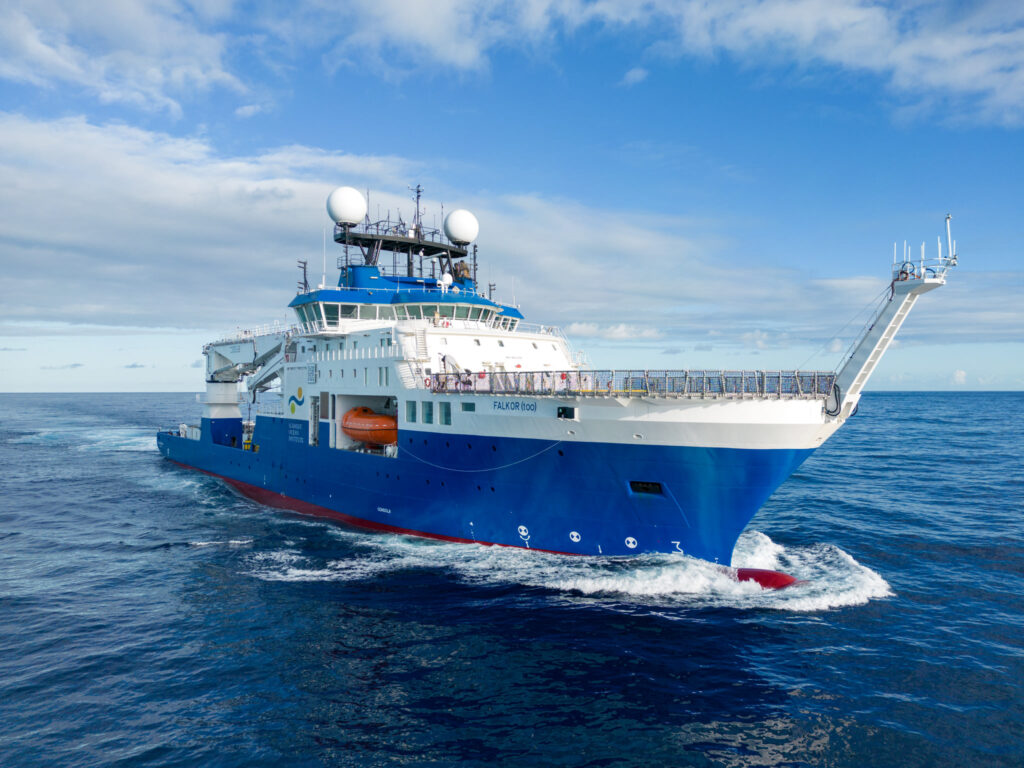- Footage of a rare marine creature has been shared online
- A colossal squid can be seen in its natural ocean habitat
- Plus, it’s a baby

Scientists have captured rare footage of a colossal squid for the first time ever – and it’s a baby to boot.
Photographs and a short video of this rarely-seen marine creature were revealed earlier this week by the Schmidt Ocean Institute.
Read more: Meet Fat Albert – the world’s biggest Polar Bear
The appear to show a young colossal squid – or Mesonychoteuthis hamiltoni as it’s known in Latin – in its natural environment for the first time.
According to the Schmidt Ocean Institute, the specimen they captured is 30-centimeters long, so roughly a foot in length.
Read more: Pokemon cards saved man from gunshot
It was discovered at a depth of around 600 meters (1968 foot) during a trip to the South Sandwich Islands which are located in the South Atlantic Ocean.
Colossal squid: When was the footage captured?

The footage was captured on 9 March 2025 by a team on the research vessel known as Falkor (too). It was spotted by the team’s remotely operated vehicle known as SuBastian.
What’s more, the footage is released on the 100th anniversary of the formal discovery and naming of the colossal Squid. This particular breed is a member of the glass squid family.
“It’s exciting to see the first in situ footage of a juvenile colossal and humbling to think that they have no idea that humans exist,” said Dr. Kat Bolstad, speaking of the discovery.
Bolstad is from the Auckland University of Technology and worked as one of the independent scientific experts used to verify the footage captured by the Schmidt Ocean Institute.
“For 100 years, we have mainly encountered them as prey remains in whale and seabird stomachs and as predators of harvested toothfish.”
What else do we know about it?

As their name suggests, colossal squid grow to quite a mammoth size. They’re estimated to reach up to seven meters in length or around 23 feet. Weight-wise, they can clock in at around 500 kiograms or 1100 lbs. This makes them the heaviest invertebrate creature on the planet – that we currently know of.
This recent footage shows that the baby or juvenile colossal squid is transparent however, the creature loses this look as it grows older.
While fishermen have captured footage of colossal squid towards the end of their life cycles, footage of them alive and in their natural habitat has yet to be captured – until now.